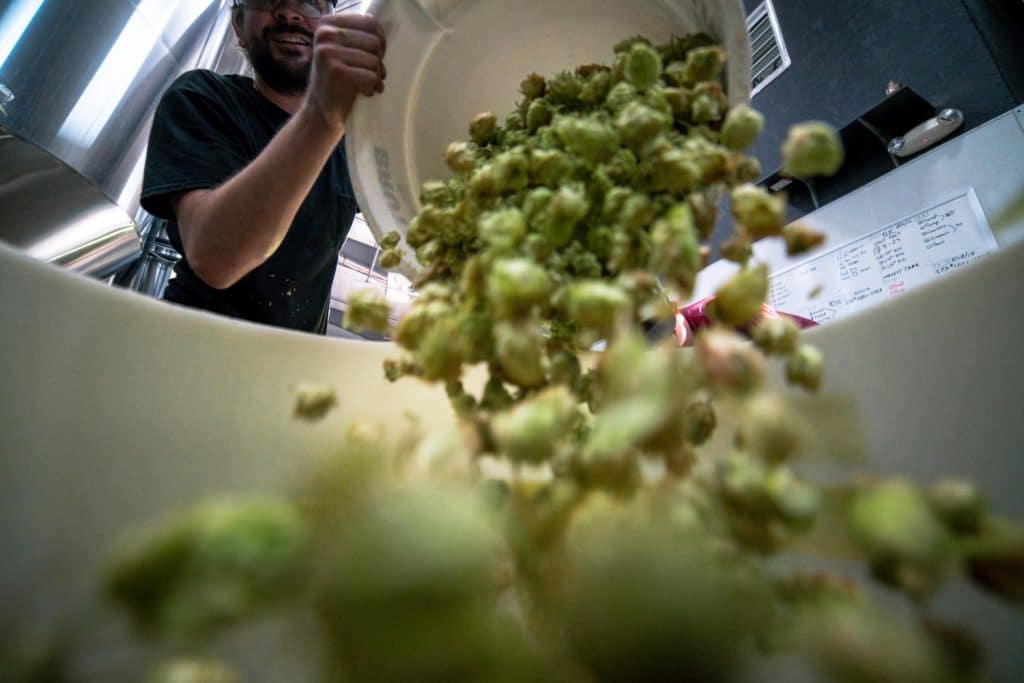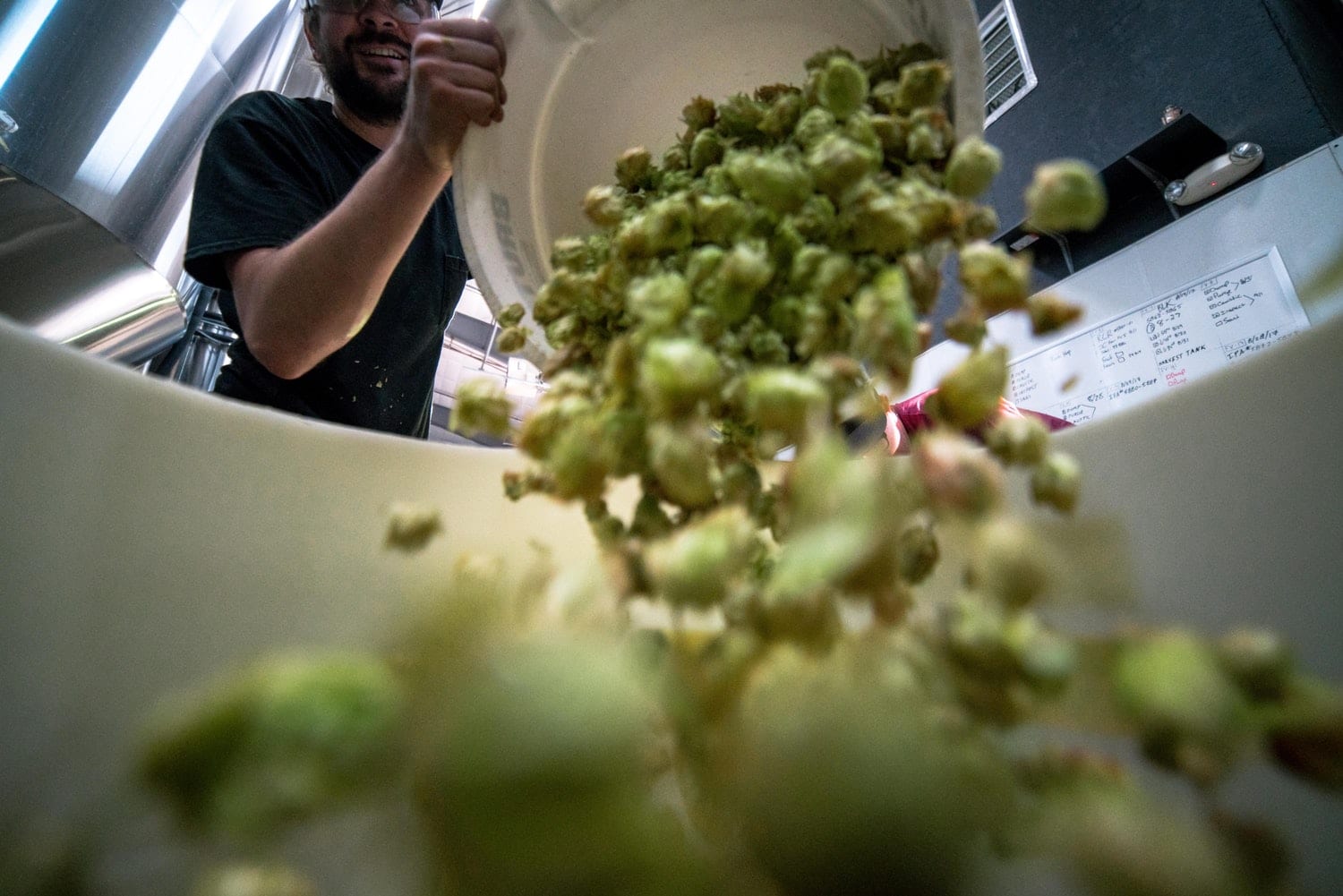
Cafeteria waste for the masses
Taylor Deaton, News/Opinion Editor
When it comes to cafeteria food, one thing is for sure; and that is the fact that we definitely don’t choose a college based off of the food served in the dining hall.
Cafeteria food is a staple on a college campus, because we have to receive some type of nutrients. Besides this, we typically don’t think of food beyond walking into the cafeteria and picking whatever looks appetizing to us on that specific day.
Where does the food go that college students don’t devour after class? According to a 2016 report published by the National Student Campaign Against Hunger and Homelessness, “48 percent of respondents reported food insecurity in the previous 30 days,” and “twenty-five percent of community college students qualified as having very low food security, compared to 20 percent at four-year schools.” These were the results of a study including 3,765 students attending college at the time.
Since food waste is such a major problem on college campuses, we are always looking for new ways to reduce the amount of food thrown away at the end of the day.
One way to reduce the amount of food that goes to waste is to know which foods are going to appeal the most to students.
Abby Thayer, North Greenville University freshman, stated that her favorite food in the caf is “nachos, and [she] enjoys taco Tuesday, because everyone likes tacos.” Marissa Holst, sophomore, loves “mac and cheese” from the dining hall, so she always goes to the caf on Wednesdays.
Nikki Wyatt, sophomore, enjoys going to the dining hall when they have turkey burgers, and Trey Stewart, sophomore, likes to eat sandwiches when he goes to the dining hall.
Another major hint towards the food that North Greenville University students enjoy is the long lines seen in the dining hall after chapel on Wednesday, due to the fried-chicken served on this day every week.
It’s important to know which foods, for example: chicken nuggets and chicken sandwiches, receive the approval of students the most.
Due to food waste being such a major issue, many institutions fail to notice other factors in dining halls that contribute to economic and environmental wastes.
In an Aramark study on food waste on college campuses, it was found that dining in the dining hall “generated 11,505 fewer pounds of waste on days when trays had been removed.”
The ARAMARK study, which was all about the benefits of dining without trays in institutional dining halls, also had several other benefits. Besides the tons of waste reduced by lack of trays, ARAMARK also reported that dining without trays “conserved 288,888 gallons of water” and “saved energy to heat water.”
ARAMARK also made sure to note the importance of trying to implement a plan in reducing waste.” The challenge for any institution is how to ensure a successful implementation,” reported ARAMARK.
In order to successfully reduce waste on campuses, we must first establish the amount of daily waste, and implement a successful plan to combat this.

